Description
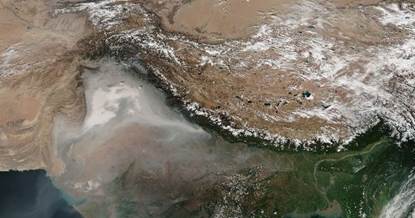
Disclaimer: Copyright infringement not intended.
Context
- The AQI across Delhi-NCR is going through the roof (it was 458 in the capital), and stage 4 of the Graded Action Plan (GRAP) has kicked in.
What are the factors that cause extreme air pollution in NCR?
- Various studies have shown that the key sources that contribute to air pollution in NCR are motorized road transport, dust on roads and construction sites, brick kilns, polluting industries, coal-fired power plants, and biomass burning.
Effect of Geography on Delhi’s Pollution
- Geography plays a major role not just in Delhi, but in a good part of the Indo-Gangetic basin that extends from Haryana in the west to the middle of Bihar in the east.
- This area is like a long valley surrounded by higher structures — a few hundred kilometers to the south of this plain is the elevation of the Malwa and Deccan plateaus, to the southwest lie the Aravalli mountains, and to the north are the Himalayas.
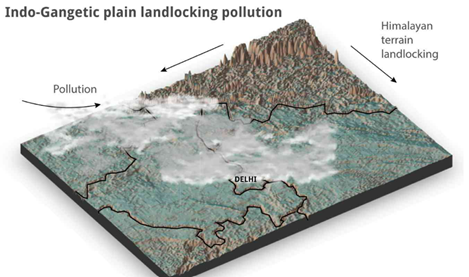
- This topography makes the Indo-Gangetic plain similar to California, which is peculiarly susceptible to pollution, and to fight which governments over the decades have taken very strong measures against vehicular and other kinds of atmospheric pollution.
- Within this area, Delhi itself is flanked by the Aravalli hills, which makes a good part of Delhi a “tabletop city”.
- This makes Delhi susceptible to critical pollution episodes created by a confluence of meteorological conditions, high vehicular pollution levels, and topography. When all of these conditions come together, typically in the period from October to mid-December, pollution levels in the Indo-Gangetic basin go over the threshold.

AQI
- An air quality index (AQI) is used by government agencies to communicate to the public how polluted the air currently is or how polluted it is forecast to become.
- The measurement of air quality is based on eight pollutants, namely: Particulate Matter (PM10), Particulate Matter (PM2.5), Nitrogen Dioxide (NO2), Sulphur Dioxide (SO2), Carbon Monoxide (CO), Ozone (O3), Ammonia (NH3), and Lead (Pb).
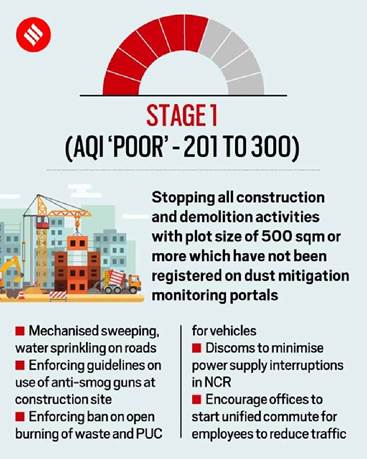
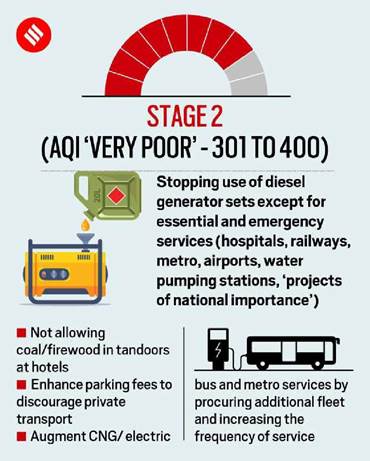
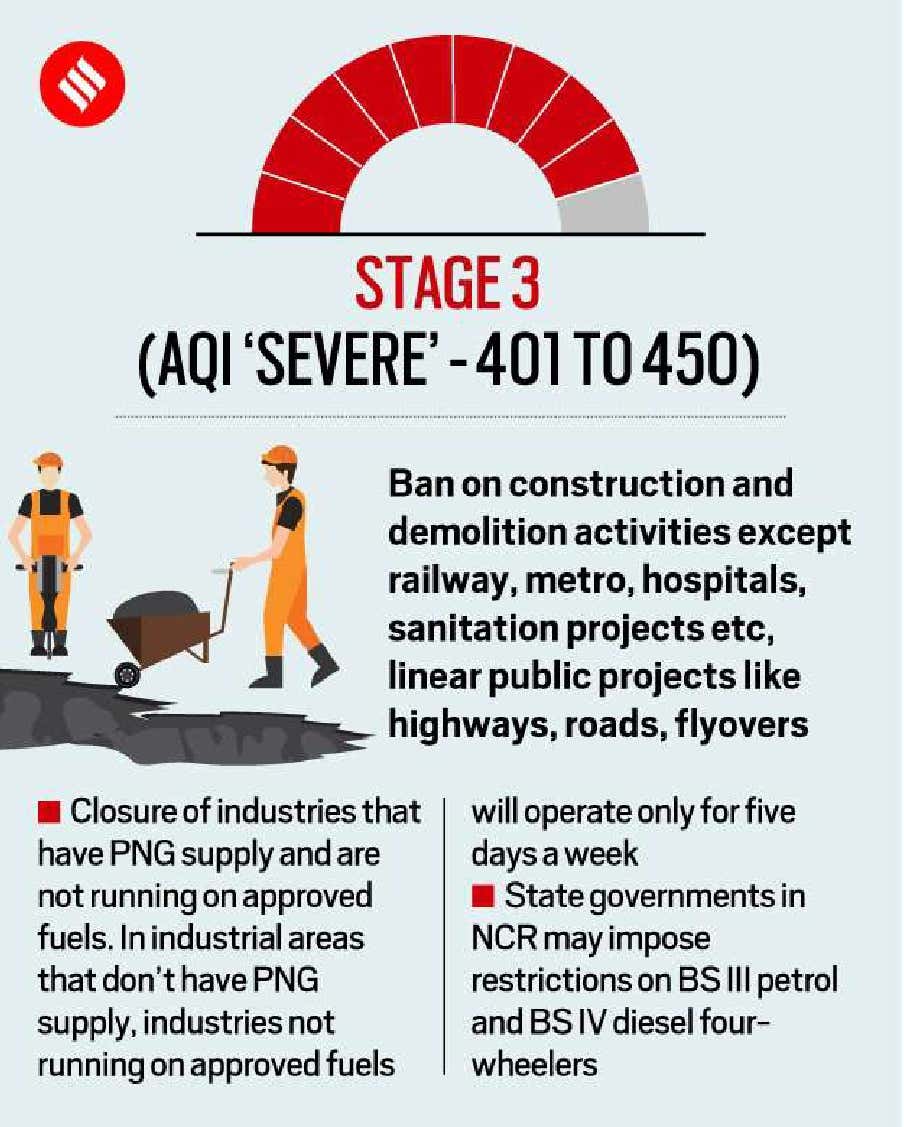
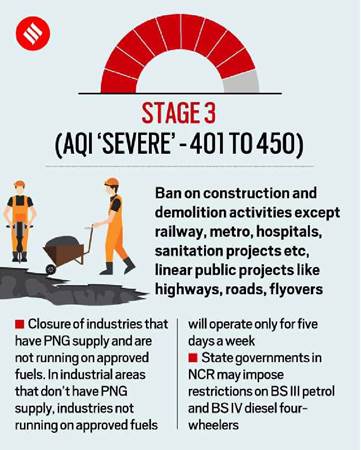
Must Read: https://www.iasgyan.in/blogs/stubble-burning-an-in-depth-analysis
https://indianexpress.com/article/explained/blame-farm-fires-vehicle-emissions-delhi-geography-weather-conditions-fouling-air-8250019/





















